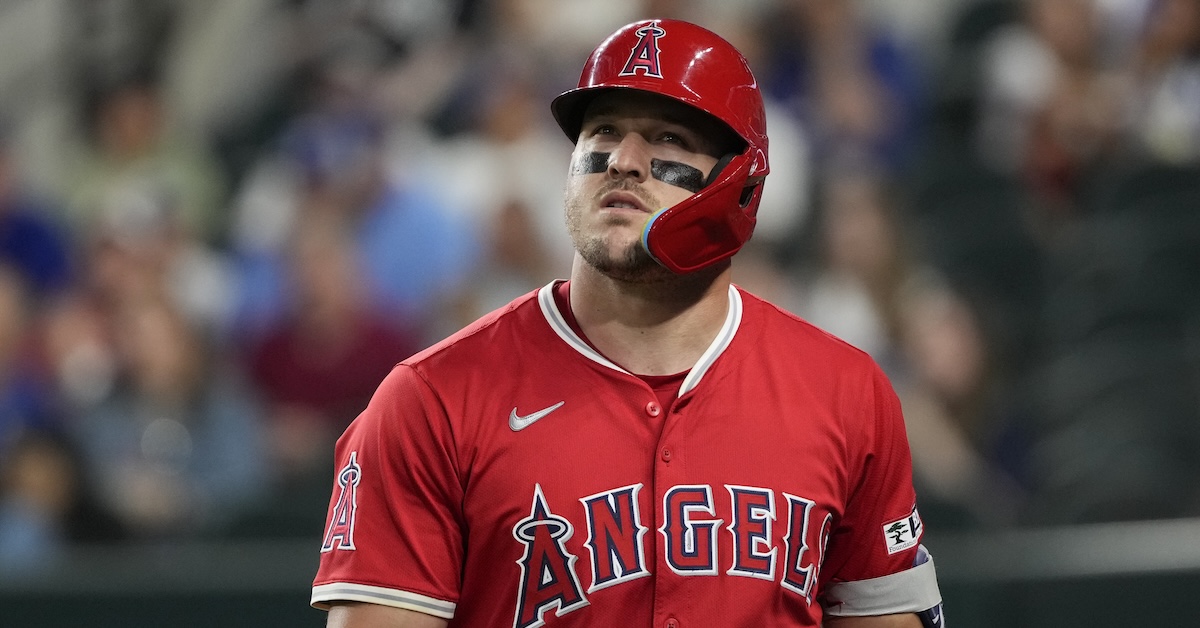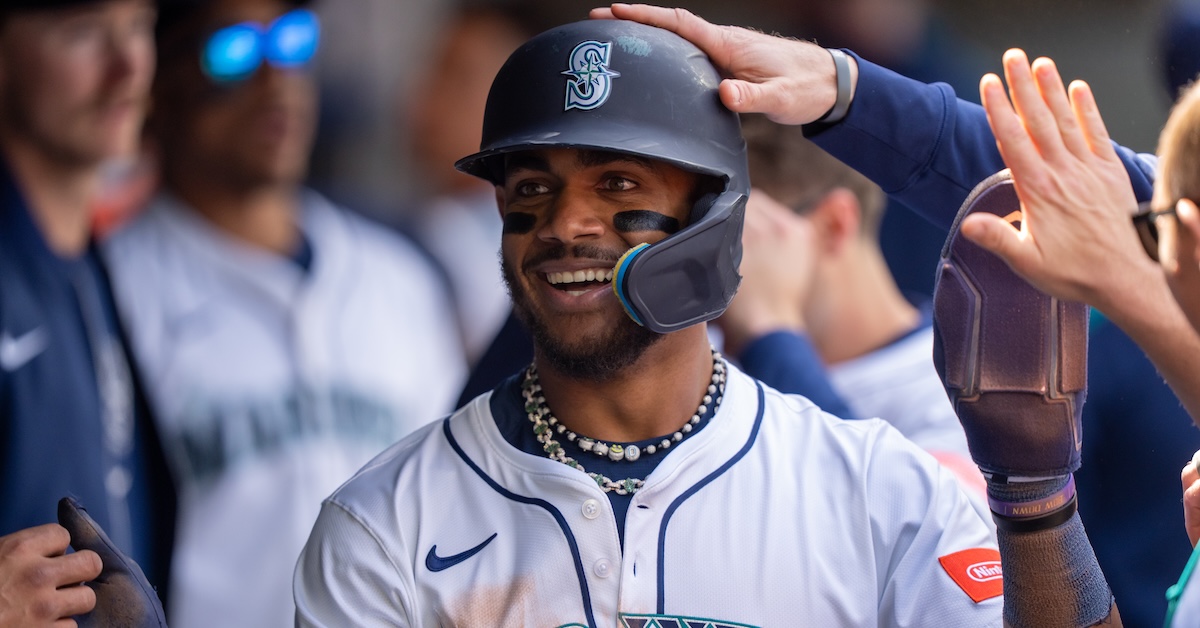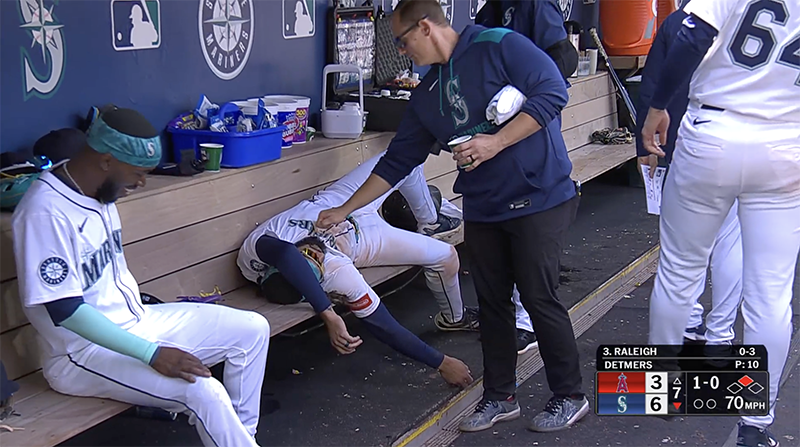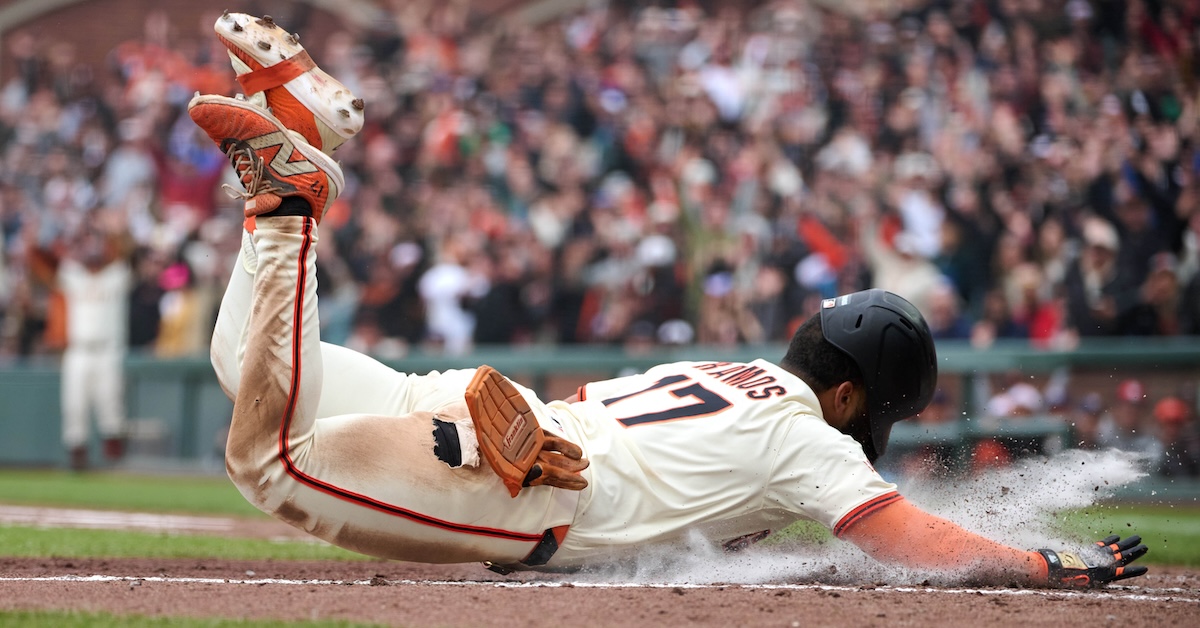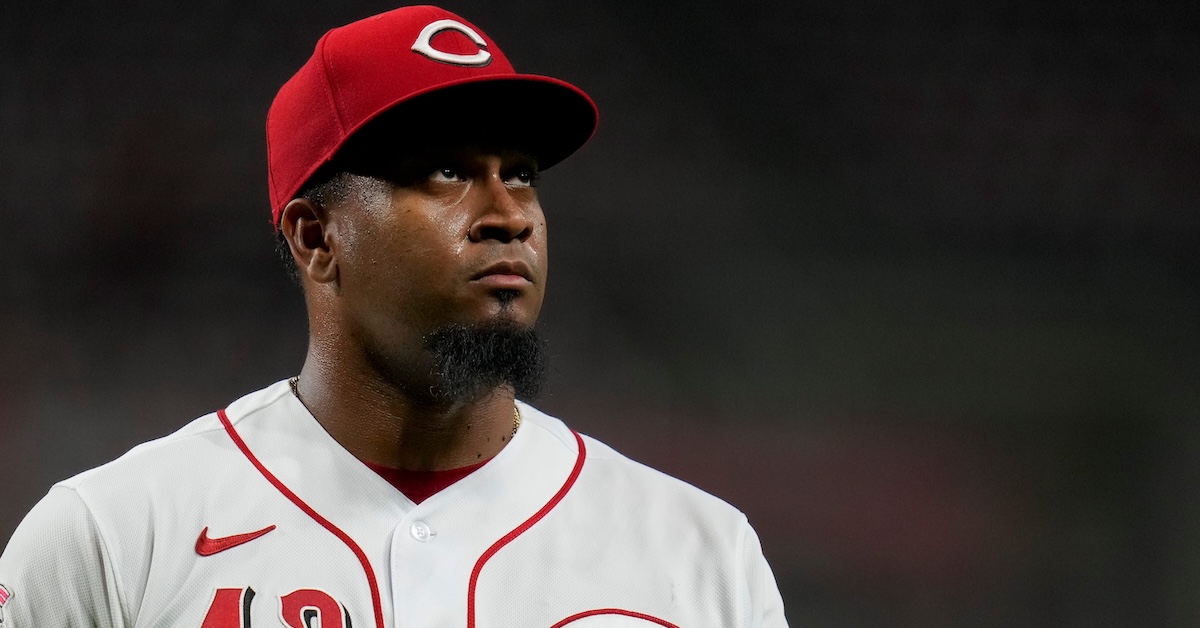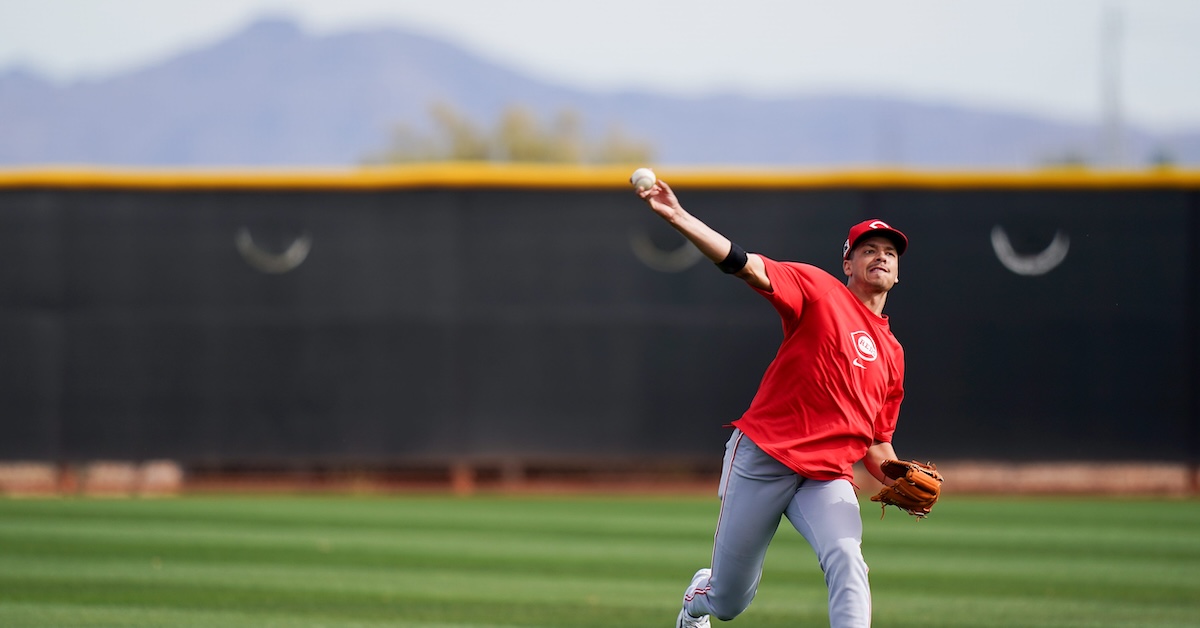Sunday Notes: Ty France Is Back To Being The Good Ty France
Ty France went into last season trying to be something he’s not, and the results reflected that. Over 535 plate appearances split between the Seattle Mariners and Cincinnati Reds, he slashed .234/.305/.365 with 13 home runs and a 93 wRC+. Statistically speaking, it was the worst year of his career.
Now with the Minnesota Twins after inking a modest $1M free-agent deal in mid-February, France went into yesterday with numbers more in line with what he did from 2019-2023. A month-plus into the campaign, the 30-year-old first baseman has a 118 wRC+ and a .271/.341/.407 slash line.
How has he rediscovered the better version of himself?
“My swing is simple and compact right now,” France told me prior to an 0-for-4 Friday night that included his being robbed on a diving catch and lining an at-em ball at an infielder. “Instead of trying to do too much, I’m just trying to get in my best position and take a good swing.
“Guys are getting paid for homers and doing damage, so a lot of my training last offseason was geared toward trying to hit the ball in the air and drive the ball,” France added. “I kind of lost touch with what I was best at, which is using the right side of the field just collecting hits. This past offseason was about getting back to the basics and rediscovering who I am as a hitter.” Read the rest of this entry »


